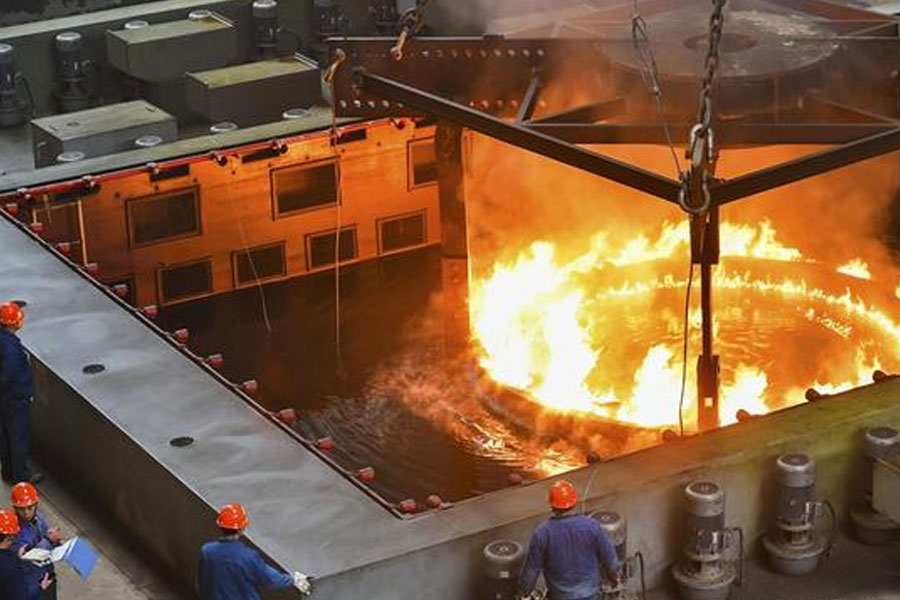The overall model of the blanking die structure design needs to describe all the parts involved in the die, and at the same time expand the confidence and craftsmanship contained in it.
In addition, it is necessary to state the relationship of all parts in the mold, such as installation relationship, position relationship and quantity relationship. One of the more complicated aspects of the mold structure design process is to use CAD technology to display the installation relationship.
In the actual use of CAD to design the blanking die, the horizontal size of the part can be referenced based on the horizontal size of the die. Because the concave mold is the most intuitive to show the size of the horizontal direction, the shape and size of the concave template can be used when using CAD for mold design. The height in the vertical direction is displayed by using the closed height of the mold. When designing, you can use the overall mold structure coding to display, so that the mold structure can be seen more intuitively, and the coding design must run through all the systems. In addition, it can be set under the premise of process and system default.
All coding structures in the mold parts are established as the mold is gradually added during the design process, and will change at any time during the design, such as adding or deleting some parts in the mold. Mold parts need to be described by CAD technology. CAD technology can not only describe the geometric model of the part itself, but also describe its equipment relationship and location.
Because the objects that the CAD mold design system faces are not simple geometric elements such as points, lines, circles, etc., but a parametric model can be designed according to the characteristics of the object, and the geometric characteristics of the model are only its basis.
The description of the part shape is mainly CAD technology to describe the geometric characteristics of the part. In the mold design and production, the determination of the geometric characteristics of the mold parts directly affects the overall structure of the mold, and also affects the assembly relationship of other parts.
E.g:
The shape and size of the concave mold directly affects the convex mold and the discharge plate, as well as the overall mold closure. The CAD technology can take these related contents into consideration and use the method of parameter design to be consistent with the database, so as to ensure the correctness of the overall structure of the mold.
The use of CAD technology can show the three main assembly relationships in the blanking die, the relationship between the plate and the plate; the relationship between the plate and the shaft; the relationship between the shaft and the shaft. In this way, all parts can be positioned and assembled more clearly functionally.

Leave a Reply